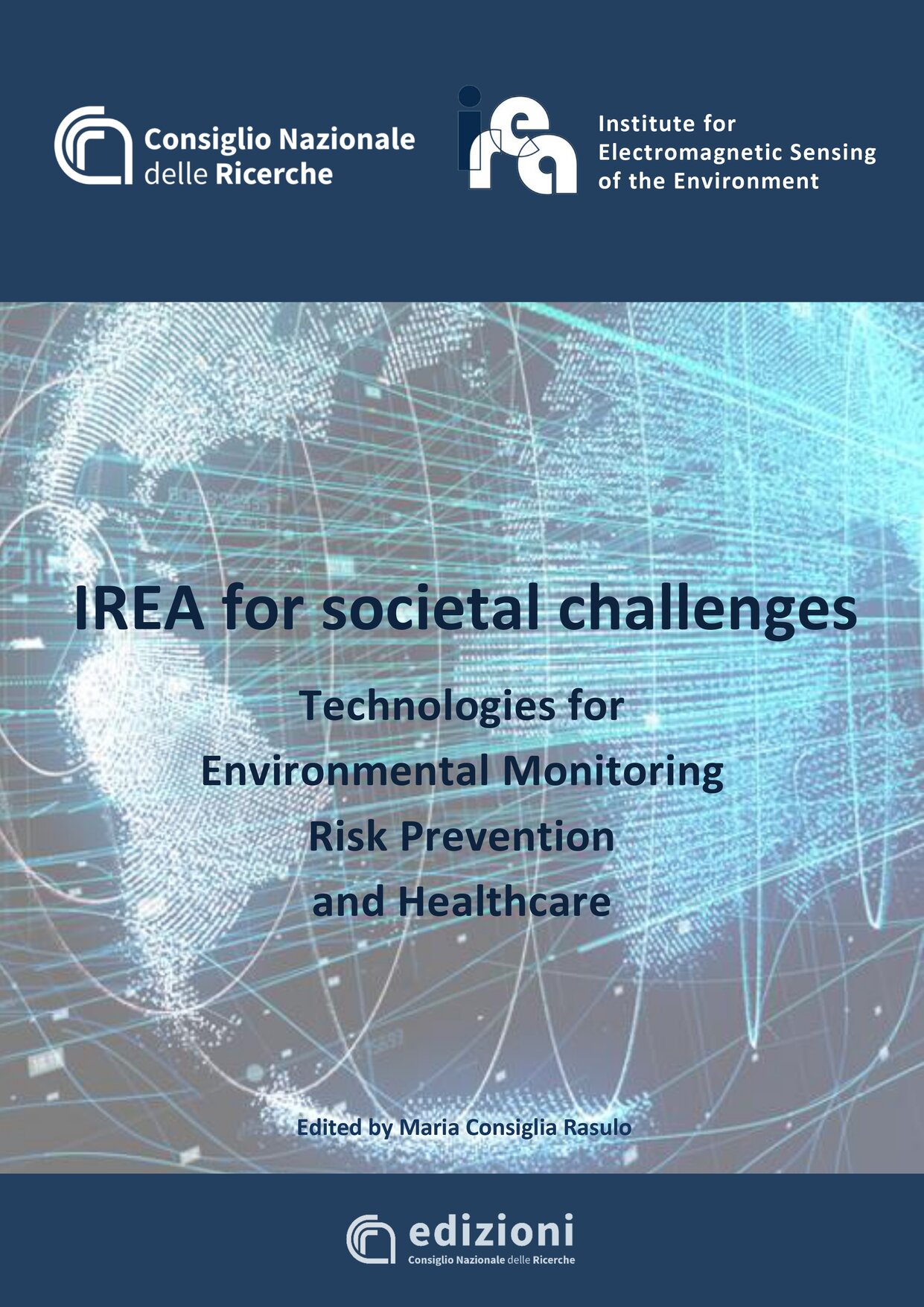The radar applications aimed at surveillance purposes are founded on target detection and tracking techniques. The target detection strategies allow defining a detection test which makes possible to distinguish between the radar echoes arising from the targets and the disturbance signal backscattered from the sea surface (sea clutter). However, in a multi-target scenario, such a procedure is not enough to establish what is the target in the observed scene giving rise to a particular detection (radar measurement). Furthermore, the detector output commonly suffers of false alarms and missed detections. These effects can be regarded as a measurement noise and make more difficult the estimation of the state of the targets. To overcome these issues we resort to tracking techniques, which allow us to univocally define the radar tracks containing the targets' state.
At the current time, IREA researchers are working to develop a novel technique able to detect targets which move with high speeds in rough sea conditions (small targets). Of course, this is a very challenging activity, as in these conditions the target's echoes are totally buried in the clutter signal.
Research activity: Sea state monitoring



